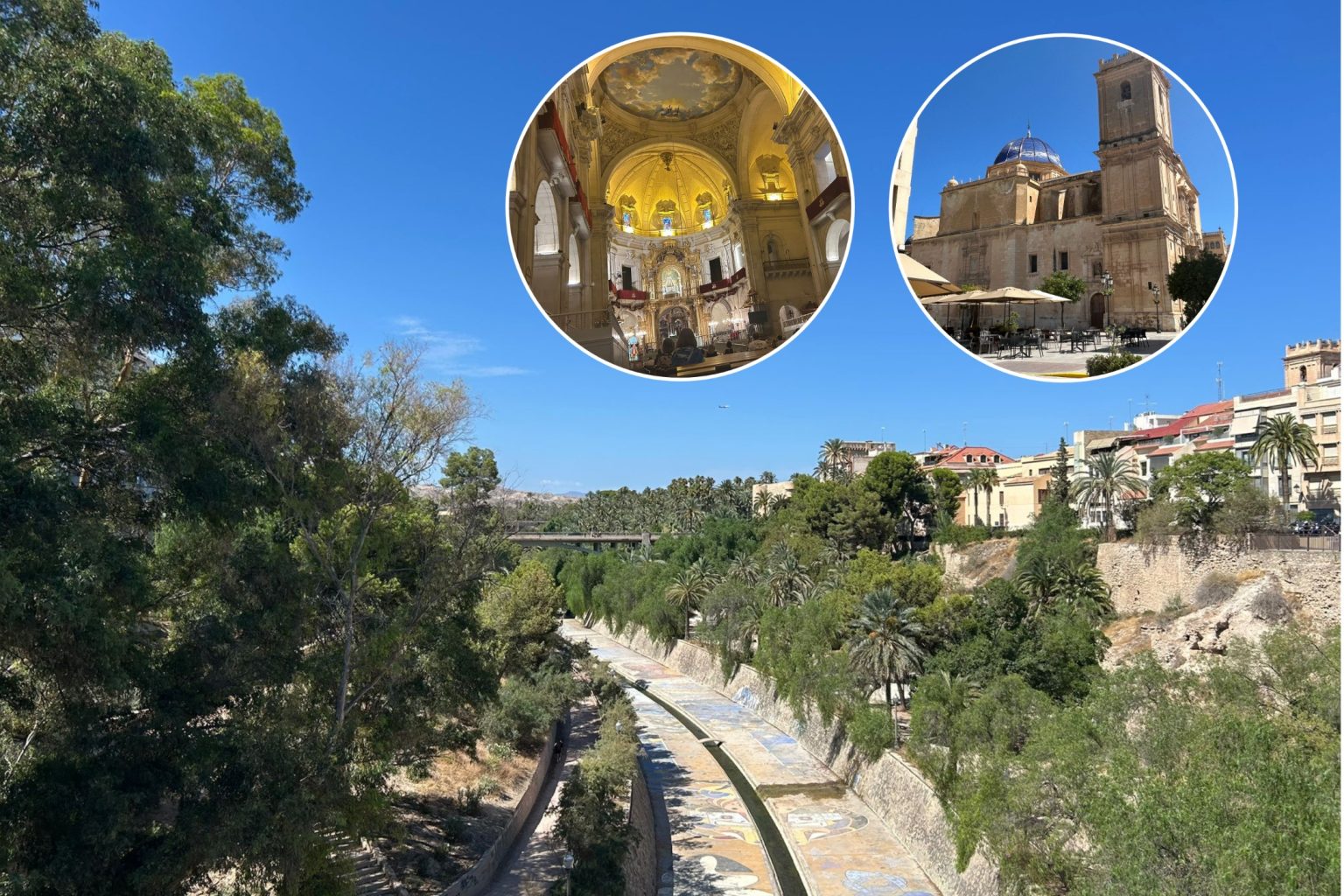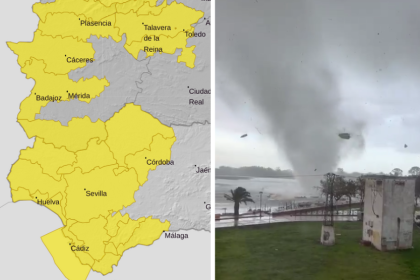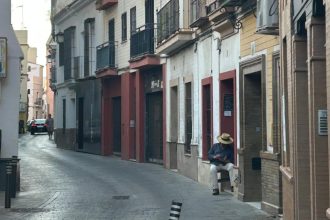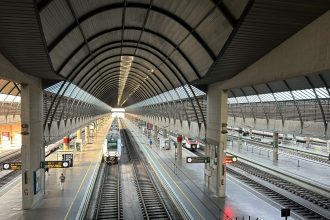
Watch: This hidden gem in Alicante makes for the perfect day trip or city escape in Spain
Around a 50-minute drive inland from Alicante city, Elche is is one of Europe's oldest cities, having been continuously inhabited for more than 2,000 years.
In a new travel series called Pit Stop Spain, The Spanish Eye editor Laurence Dollimore visits the country's lesser known towns, cities and sites that
Laurence Dollimore has been covering news in Spain for almost a decade. The London-born expat is NCTJ-trained and has a Gold Star Diploma in Multimedia Journalism from the prestigious News Associates. Laurence has reported from Spain for some of the UK's biggest titles, including MailOnline, The Telegraph, Daily Mail, Mail on Sunday, The Sun and the Sun Online. He also has a Master's Degree in International Relations from Queen Mary University London.
Leave a Comment







